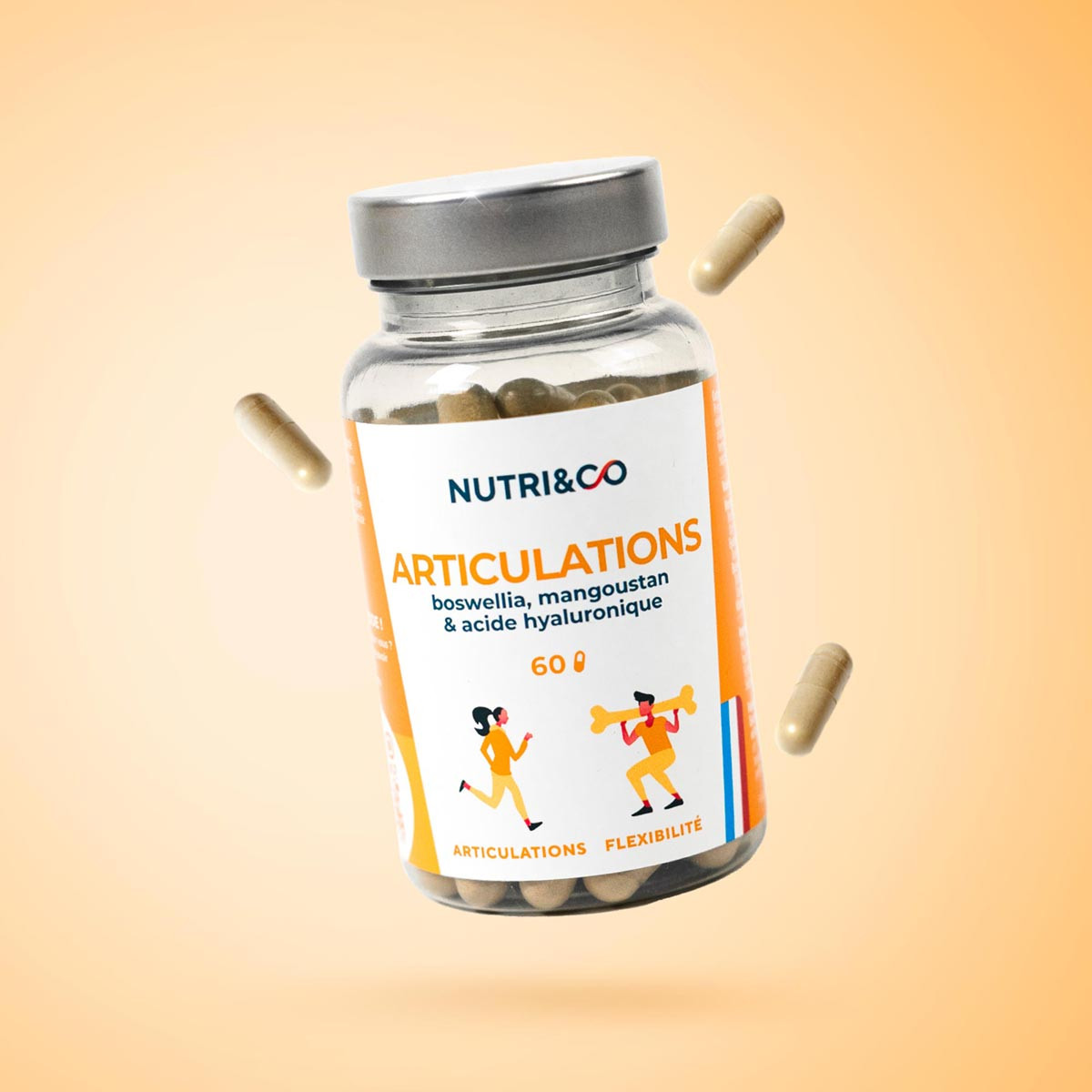
(140)
Joint Formula
€29.90
- Targets joint discomfort and wear
- 3 active ingredients patented for their effectiveness
- Vegan formula: boswellia, hyaluronic acid, mangosteen
If the first generation of joint supplements based on chondroitin and glucosamine was aimed at preventing joint wear, new clinically documented ingredients make it possible to combine an action on wear AND an anti-inflammatory action. View more
Joint Formula
€29.90
Paiement
sécuriséLivraion offerte
dès 69€ d'achatLivraion
en 48hFaites des
économiesParrainer
un procheRécompenses
fidélité









